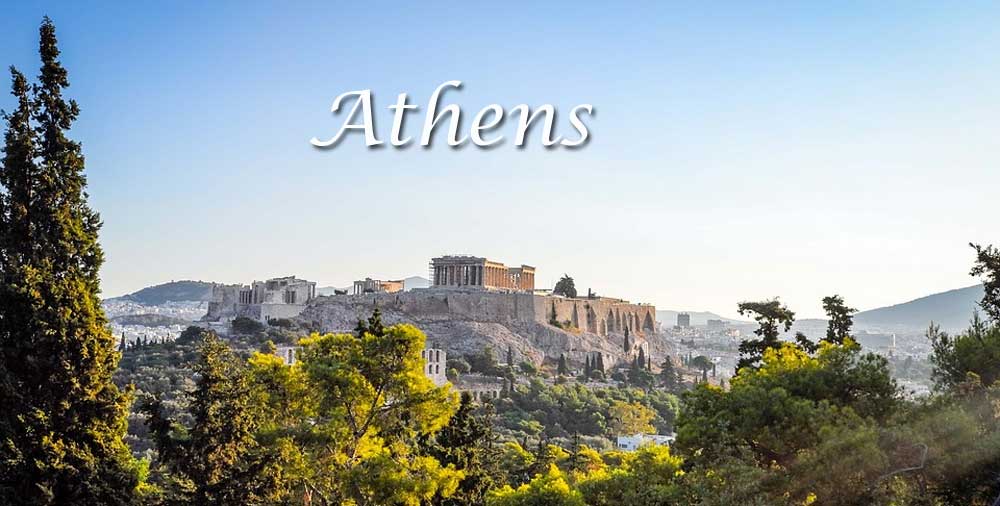The Flea Market of Athens in Monastiraki
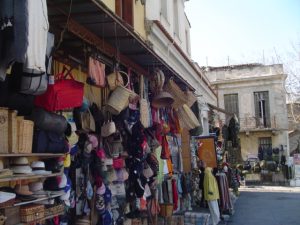
Its name deives from the ancient name of Ethiopia, Abyssinia. Ethiopia was called Abyssinia at that time. Many scholars argue that the name was born in 1922, when Ethiopian aid was distributed there to the refugees of Asia Minor. The then regent and later emperor of the country, Haile Selassie, was responsible for the campaign of financial aid for the Greek refugees of Asia Minor.
The flea market is located in the heart of the small Athenian small trade mile, west of the traditional settlement of Plaka, south of the district of Psyrri and east of Thiseio,. The square has long been known for the permanent outdoor flea market, right next to the auction house in Monastiraki, as well as the famous Sunday Bazaar “Yusurum”, which began its operation in July 1912 with a special royal decree and continues to this day.
Monastiraki with its flea market counts as the most visited area of Athens, for both Greeks and tourists it is one of the most picturesque areas of Athens, neighbouring and connected to Plaka it is the easiest way to go up to the Acropolis ,to visit the Ancient Agora, the Roman Agora ,the Attalos stoa and the temple of Hephestus. From Dioscouron street you can go up the steps to the Acropolis ,the narrow streets of Plaka and the Anafiotika ,that amazing small area with tiny white houses Jasmine and pergolas ,which makes you feel you are in a small Greek island of the Cyclades. The name Anafiotika was taken from the builders that came from the island of Anafi in the 19 century to build the first Palace of King Otto. Back in Monastiraki and its famous flea market ,a paradise for collectors , you can find anything from Greek souvenirs and Greek art shops ,antiques ,carpets, old books ,latest fashion clothes, jewellery any kind of gadgets, old stamps and old books ,you can even find clothing and helmets from the second world war!! .But the best thing about going to Monastiraki is from Pandrosou street where the flea market starts towards Hephaestou and Andrianou street with its street cafes which on sunny weekends is the best place to enjoy a drink or a coffee while looking at the view of the Acropolis ,the Parthenon and the Agora.
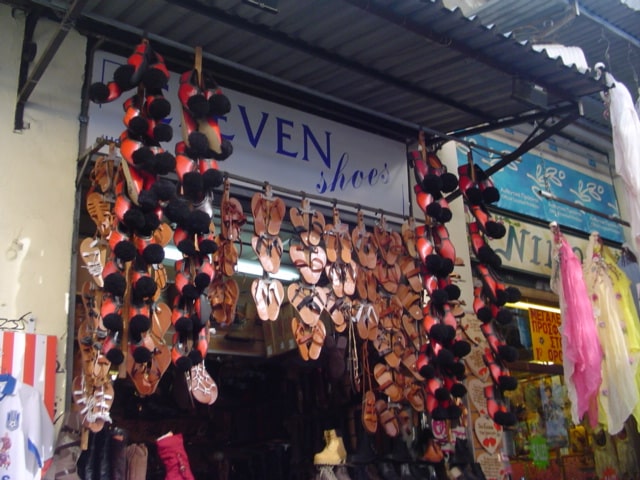

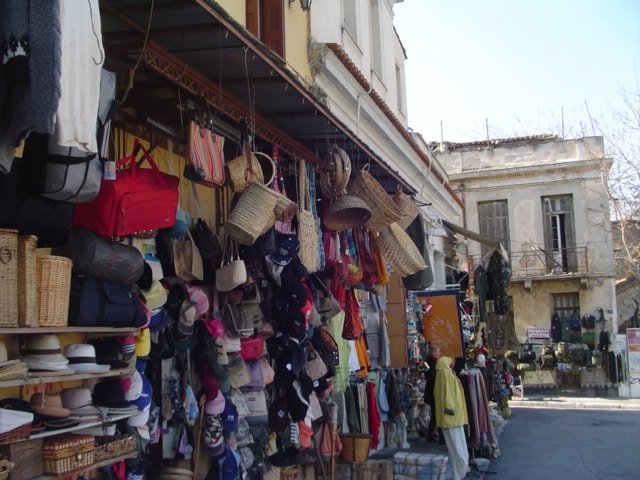
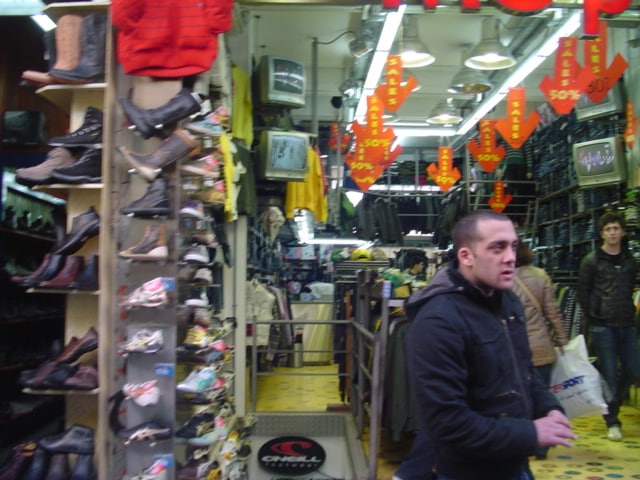
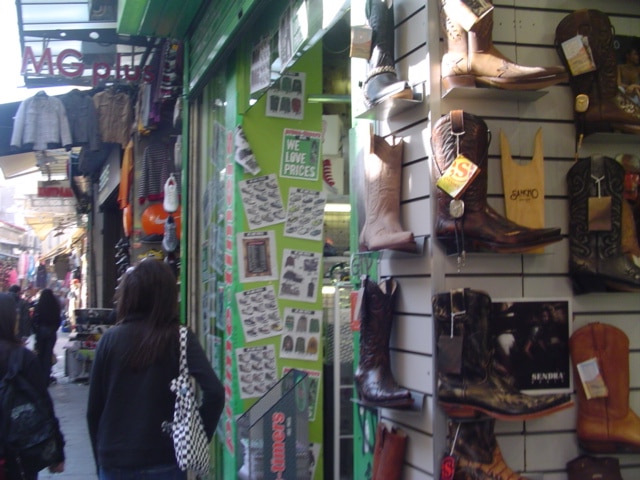
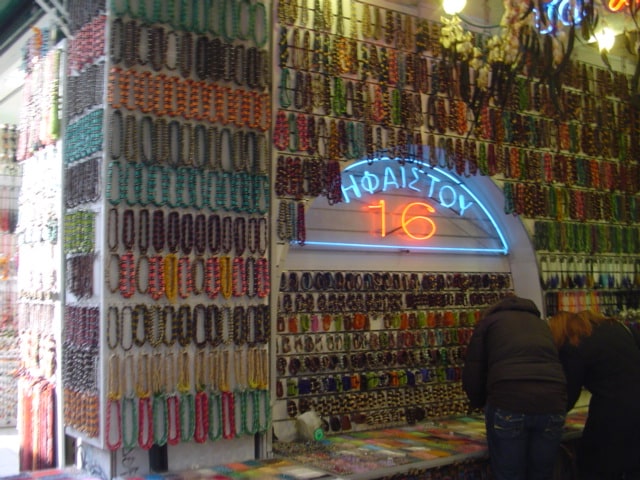
History
The area has been a metallurgical workshop since ancient times. In Ottoman times the area was called “Gyftika”, as the metallurgists were usually dark-skinned Egyptians. The name of Hephaestus Street is not accidental at all, as it refers to the past of the specific area, closely connected with the metalworking. Until 1875 the neighborhood was called “Magganaria”, due to the, destroyed in 1848- church of Agios Nikolaos Magganaris.
The square has been hosting the auction house since 1910, also known as “Yusurum”. It is a place where religions and cultures meet and coexist for years: the ancient Greek market, the Roman library of Hadrian, the mosque, the Virgin Mary Pantanassa (common church for Catholics and Orthodox) and the Jewish presence (the name “yous” Jewish), give the region a strong alloy of multiculturalism.
The family of Noah Yusurum or Yeshurum came in 1863 from Smyrna and settled in Monastiraki as a second-hand seller along with other families of the same religion. He was a rather lovable man, whom the Athenians liked and named in his honor the whole area of Abyssinia Square as Yusurum. A member of the Yeshurum family, he was the first president of the antique dealers’ association, which was founded in 1922.
Yusurum
The actual name of the flea market is Yusurum. In 1910, the used goods bazaar was moved to Abyssinia Square, which until then was held in Dimopratiriou Square.
The Athenians used to give second names to the regions, something like people’s nicknames.
Thus, until 1875, the area was also called “Manganaria”, because the Manganarides, i.e. the silk craftsmen, were gathered in the streets towards Ermou.
The most timeless name of the square, however, is “Yusurum” and is still used today.
The name came from the Jew Ilias Yusurum, owner of the first antique shop at the end of the 19th century. The Yusurum family had come in 1863 from Smyrna.
The merchant Noe Yusurum, ancestor of the antique dealer, was already well liked by the Athenians and eventually the square was named after them, which in Hebrew means “man of God”.
In the now famous square, the president of the antique dealers used to live, in a mansion that has been preserved to this day and functions as a cafeteria.
The Market today
Although more than a century has passed since the bazaar was moved to Abyssinia Square, Yusurum still operates today. Every Sunday dozens of peddlers gather in the area with all kinds of items.
Furniture, books, old household items, vinyl records and other collectibles are on display at the oldest bazaar in Athens. People from all over Athens gather at the bazaar in Abyssinia Square on Sundays
